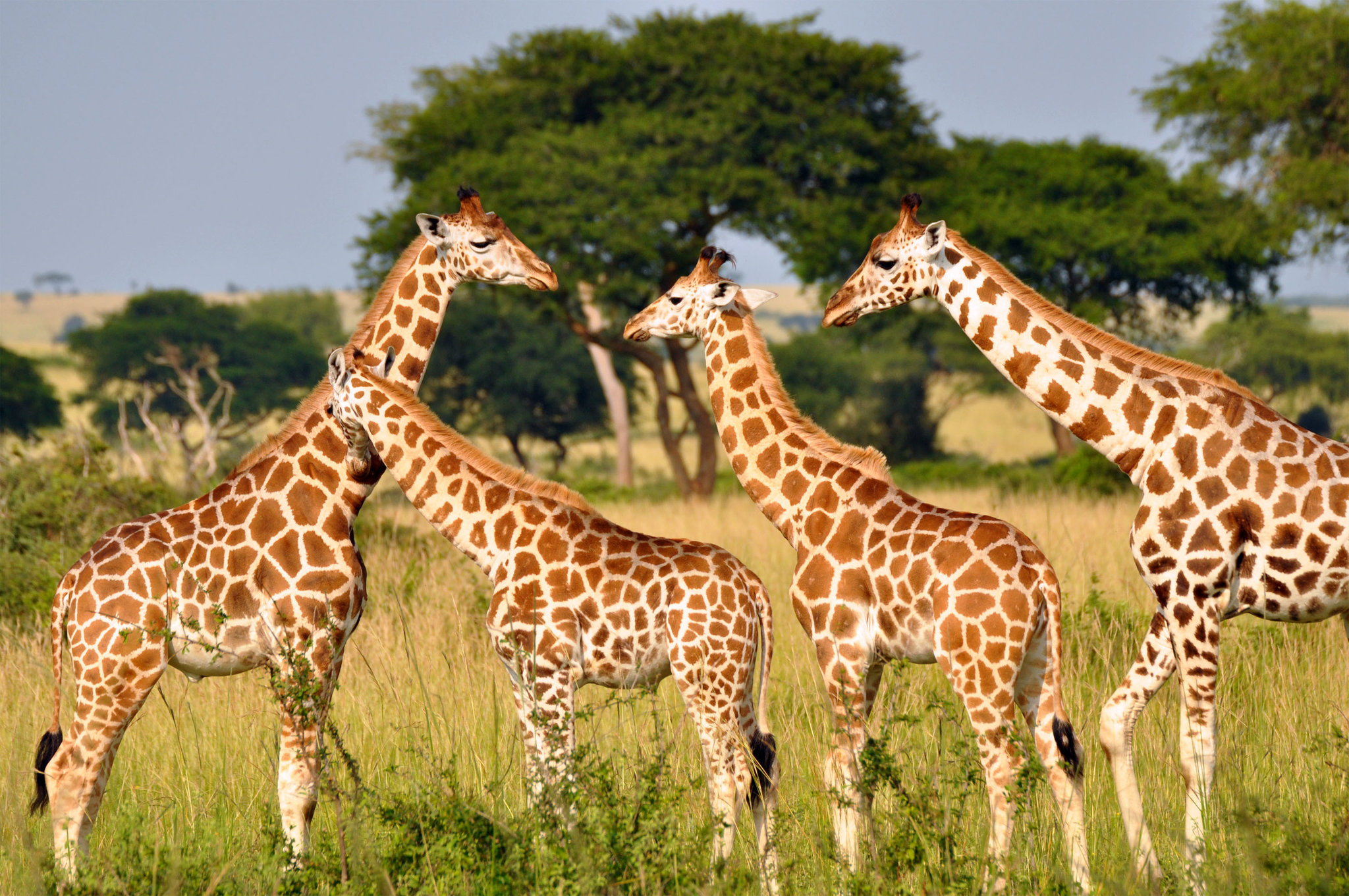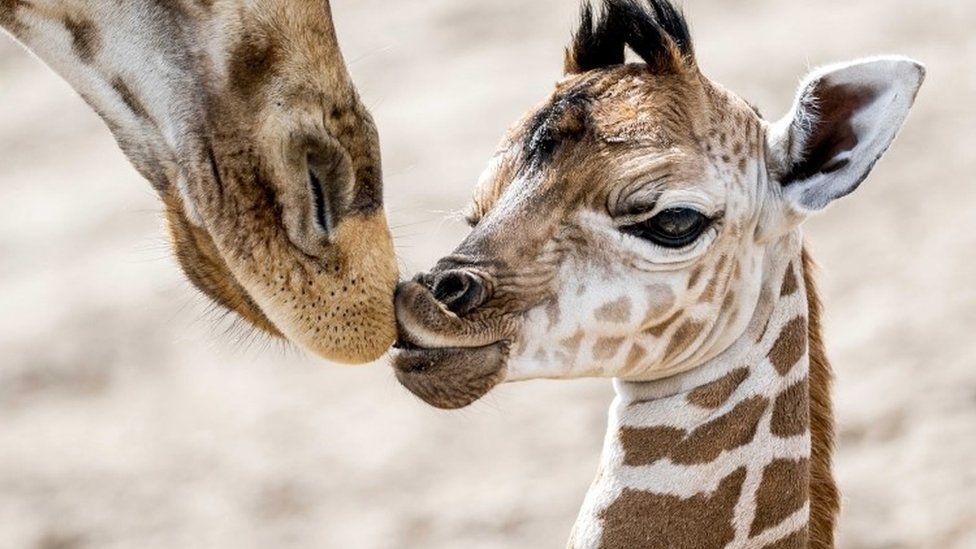I think we can all agree that friendships are incredibly important in life. Although the common saying is that blood is thicker than water, let’s not discount the value of friendships. Your family can be your friends too, and as some people unfortunately know, they can be your enemies too.

Our lives need a purpose or else they feel hollow and meaningless, even when that purpose is something as small as enjoying dinner with your bestie every week. It’s the small pleasures in life, after all, isn’t it? What if it was those small pleasures that kept our hearts beating day in and day out?
As much as friendship drives us humans, it is a universal desire. Look no further than your cat or dag pal who looks up to you and adores you, but it’s not just contained to our domestic friends. Even animals in the wild crave friendships. That’s exactly what researchers have found in regards to giraffes.
We all know the cues of friendship for us as humans, but does that mean that they are the same as those of animals? You can see how quickly the answer is “no” just by asking yourself whether you’d like someone’s face just because you liked them? A dog sure would! How do you imagine a giraffe might show affection toward a friend? Observation would tell you that they aren’t the cuddly type. That’s what makes the most recent findings on giraffes so remarkable.

After five years of data collecting, identity-recognition software has been able to find that the social lives of giraffes is crucial to their health. Monica Bond at the University of Zurich states that the more active female giraffes had longer lifespans, according to data from northern Tanzania.
The inquiry and research into giraffes' social lives isn’t very old. What has been found is that the males are more solitary since they are often alone in their search for females, however, the females tend to hang out in groups. The giraffes may appear to be no different than bats or cows simply existing in their own large packs, eating and grooming, however, giraffes are noted to be specific about which giraffes they spend their time around, while avoiding others.

Bond’s love for giraffes came when she first visited Africa, citing the giraffes as looking like unicorns. She and her team have recorded thousands of giraffes since studying them. They are able to track the giraffes based on their unique spot patterns. Bond and her team were able to study the giraffes in a region that had various degrees of human impact.
Many different factors were studied to determine a female giraffe’s survivability, including what they ate, the terrain, proximity to humans, and just about any other factor that could be accounted for. The biggest factor to survivability was the proximity to other females. Bond doesn’t think it’s an issue of the defensive power of numbers against predators. She thinks it has more to do with the lack of stress since it would be easier to spread tasks among the group.

Bond believes that a higher social group of females would mean that the brunt of watchfulness and alertness would be shared and spread as to where it would be effective and sustainable. The biggest factor to consider in Bond’s study is that it only focused on one region. The data might change given a harsher region.